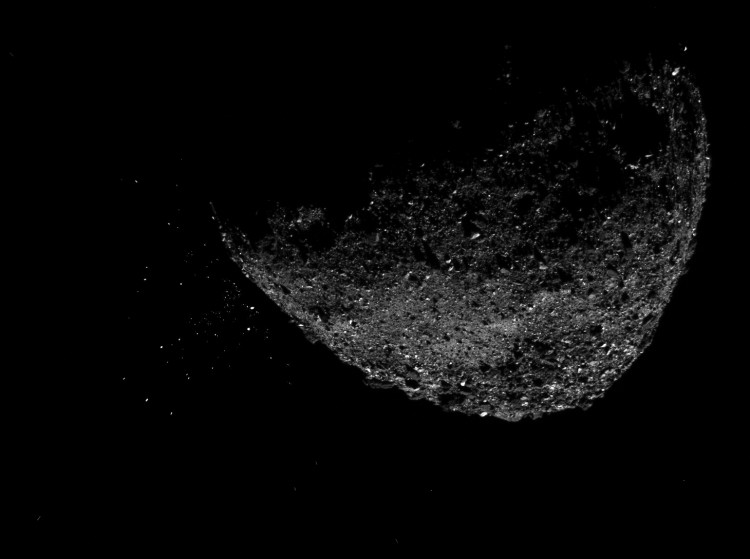Asteroid 153201 (2000 WO107) will miss Earth by about 2.7 million miles on Sunday. Observations of the asteroid have placed its distance anywhere between four football fields. The wide variance is due to the difficulties of estimating the size of comparatively small items so far away.
You may have heard this week about an "asteroid the size of the world's largest building hurtling toward Earth at more than 56,000 mph." Some news outlets also add, "NASA confirms." Most of these things are theoretically right, but the most significant aspect is left out.
It's also surprising that this particular Near-Earth Object (NEO) is attracting too much coverage. The trio of NEOs that will again safely approach Earth on Thanksgiving Day is even more interesting. This includes the 2018 RQ4 meteor, which will be 10 times closer than Sunday's.
In 2005, Congress gave NASA the goal of discovering 90% of near-earth asteroids that are about 460 feet (140 meters) or greater in size. The space agency replied to that call with the NASA Center for Near-Earth Object Studies, which tracks this and other NEOs.
The next time you see a claim of an asteroid headed to Earth, you can see the evidence for yourself from the center's data on upcoming close approaches.
Data on the website shows Close Approaches (CA) within about 19 lunar distances (LD) over the next 60 days. Any NEO with a number greater than one in the "CA distance minimum LD" column has little chance of reaching the Moon, much less Earth.
Nevertheless, we can now formally add meteor scare to the long list of subjects that we can share with the family on the weekend of Thanksgiving. Along with conversations around the dining table likely to include Super Bowl predictions, who won the U.S. presidential election, who has Coronavirus, and preparations for Christmas and New Years, talk of the huge comet that is supposed to be visible to anyone who owns a telescope is also a reasonable topic to bring up.
This year was a total nightmare, so it's only fitting that the asteroid warning would work its way through the final month of 2020. There are, of course, reasons to worry, considering the immense size and length of the asteroid. If this particular asteroid ends up breaching and enters the Earth's atmosphere, the consequences will certainly be devastating.
However, thankfully, NASA has said that there's zero chance, at least for now.






